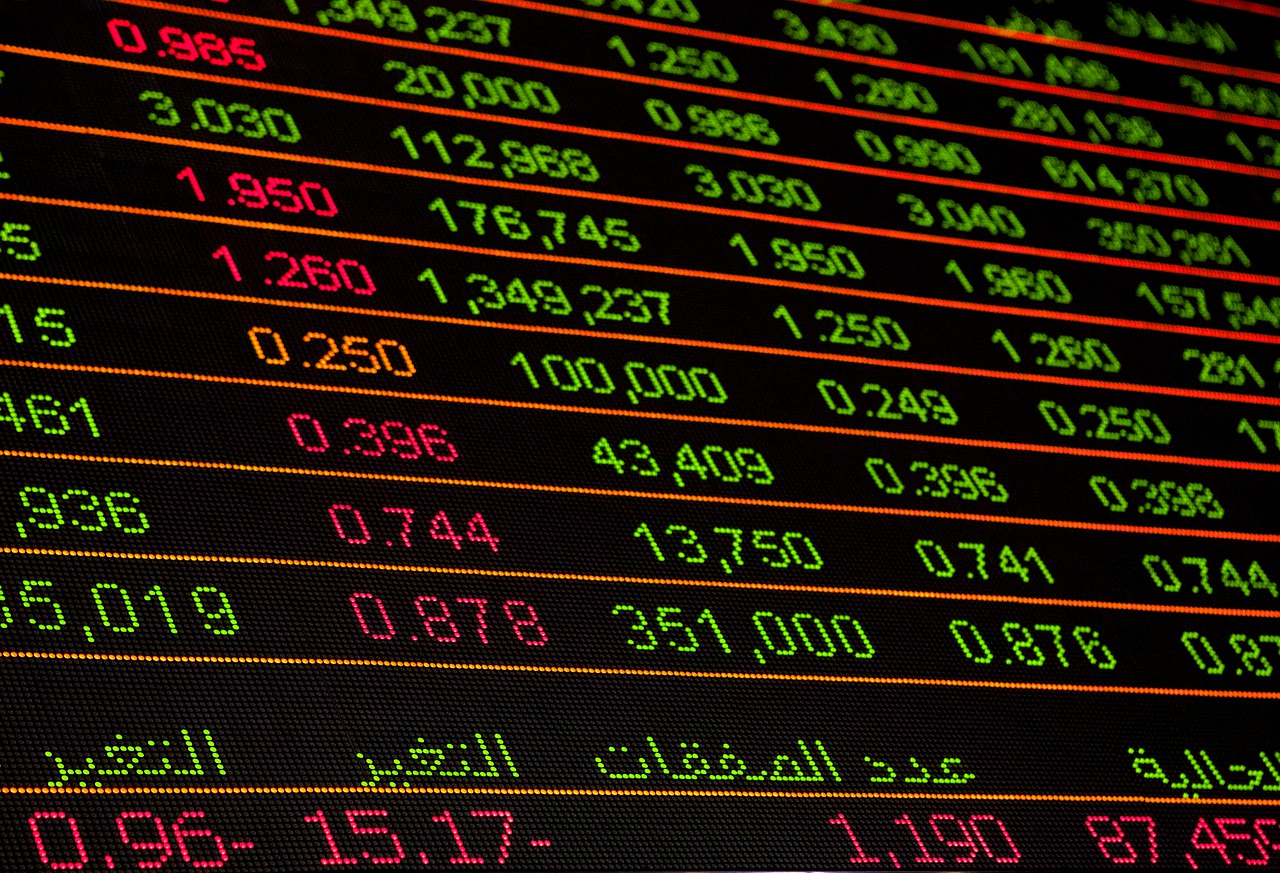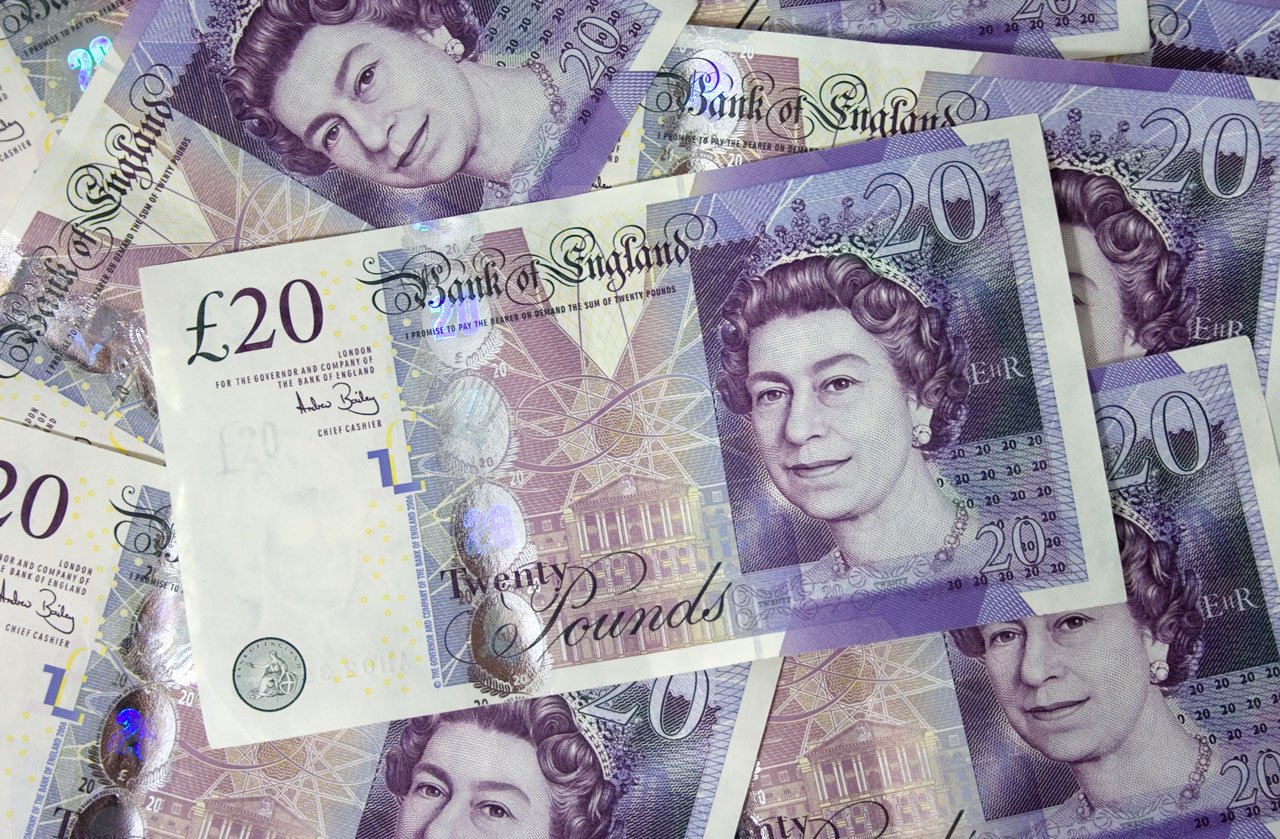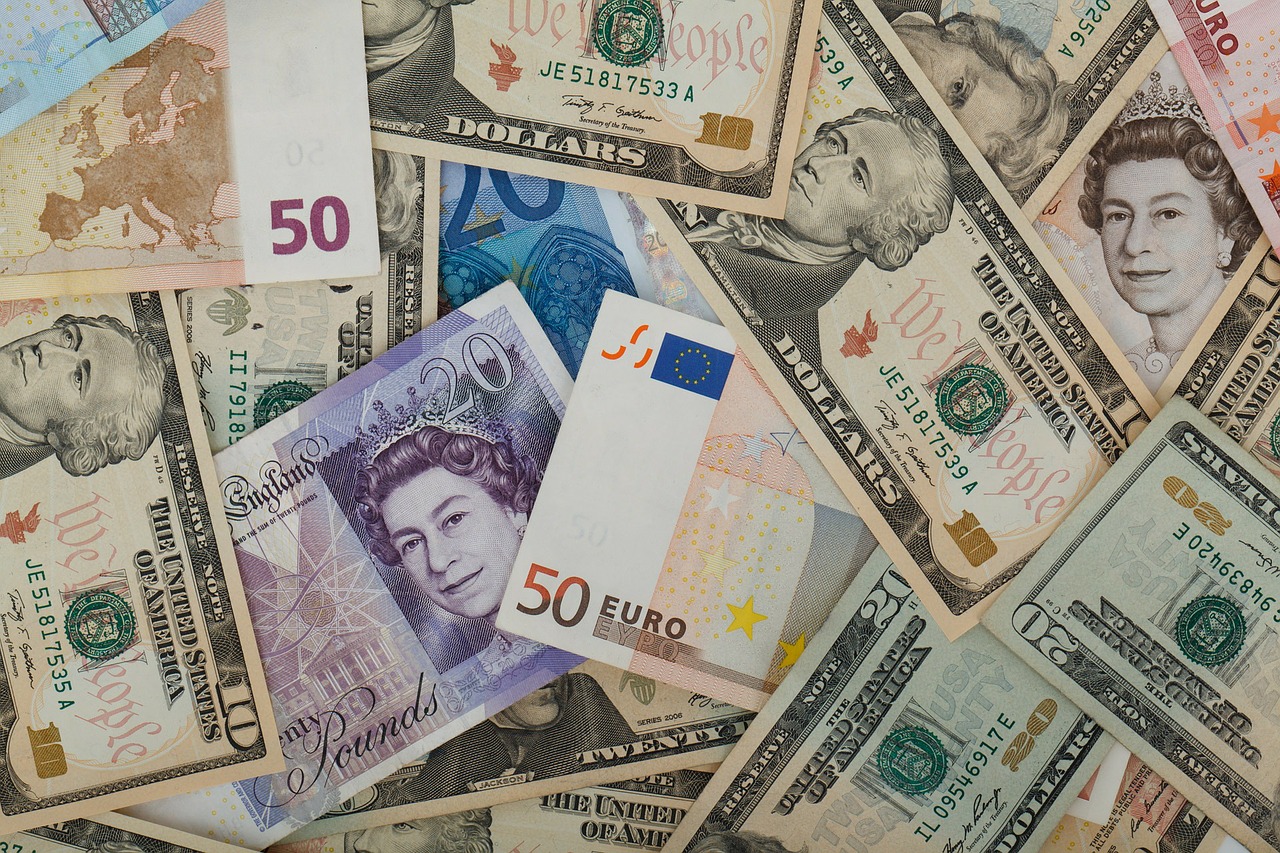Sterling Trading Flat as No-Trade Deal Brexit Fears Increase

On Friday, Sterling fell lower, while there was a surge in implied volatility, as markets weighed in the risk of Britain making its exit from the European Union without a trade agreement at the end of the month. On Thursday, Prime Minister Boris Johnson said that they were trying to make a deal, but there was a ‘strong possibility’ that the EU and Britain would fail to reach an agreement. The current transition period will come to an end on December 31st and Britain will formally leave the bloc. There was a 0.9% decline in the British currency against the US dollar, as it reached a low of $1.3175.
This is the weakest the currency has been since November 16th. The fall on Friday puts the British currency on course for a fall of 1.8% in this week, which is its worst performance since the month of September. Against the euro, the pound dropped by 0.6% to reach a two-and-a-half-month low at 92 pence. The derivatives market was showing clear jitters where there was a rise in implied volatility, which is the options market gauge of the expected swings in price. Overnight and one-week volatility increased above 20% to highs of more than eight months.
With increasing no-deal fears, there was also a tumble in UK bank shares, with Natwest, Lloyds and Barclays down by more than 4%. Strategists at Morgan Stanley said that UK bank shares would decline between 10% and 20% and the FTSE 250 would fall between 6% and 10% in a no-deal Brexit scenario. Currency analysts said that in the next few days, the markets will be making adjustments for a no-deal Brexit. This would help in averting a serious decline in the pound when the deadline of Sunday set for the trade negotiations expires.
But, they did say that it is possible for the market to have hope of an agreement last-second and then be taken by surprise with a no-deal, which would result in major turbulence in the market. While bookmakers and banks have cut down the chances of a deal, a lot of investors believe that Brussels and London will be making a last-minute agreement. Moreover, the decline in Sterling hasn’t been as sizable as it was in the run-up to earlier deadlines set for Brexit trade deals. According to some analysts, the market appears to be complacent.
Analysts said that even though the chances of a trade deal being made in 2020 had come down by 50% since early December, there was only a 1% decline in a basket of pounds versus the euro and the US dollar. It appears that Brexit fatigue, along with expectations that the whole political drama is part of the expectation of a ‘Christmas miracle’, and the opinion of some that a no-deal Brexit wouldn’t be terrible could be why the sterling hadn’t reduced even further. The volatility curve for the currency was reflecting the uncertainty, but spot GBP didn’t show any such indications, whatsoever.




















